

-2-
But in their private life there was misfortune: three times a baby died not long after birth. In 1641 they got a son, Titus, but Saskia died shortly afterwards and Rembrandt had to take on a housekeeper and nanny for Titus. First was Geertje Dirckx. Rembrandt started an affaire with her, but the couple split up fighting.
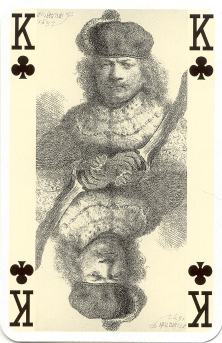
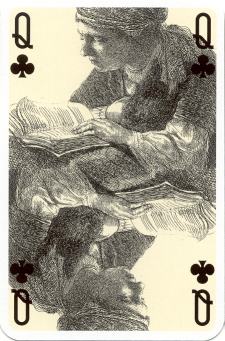
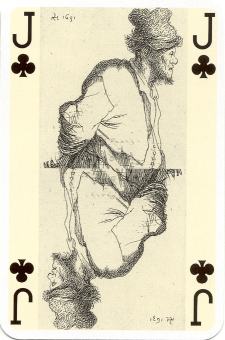
The second housekeeper was Hendrickje Stoffels and she became his mistress around 1645. In 1654 Hendrickje was officially reprimanded by the Calvinist Church for "living in sin" with Rembrandt, but in that same year they had a daughter, that was named Cornelia, after Rembrandt's mother.
|
|
|
In those days Rembrandt spent more than he earned. He bought a lot of art, prints and artefacts. In 1656 he had to sell his house and rent a small house on the Rozengracht. Hendrickje and Titus started dealing art there, so that Rembrandt could continue to work. He had not become less famous, so he still got commissions for portraits and historical pieces.
|
|
|
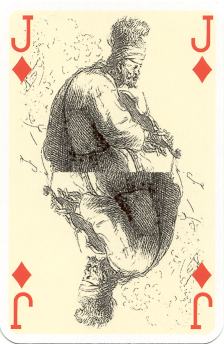 |
||
|
Rembrandt has had many apprentices. A good number of them became famous themselves. Among them were his most talented apprentice and successor Carel Fabritius (1622-1654), Gerrit Dou (1613-1675), Ferdinand Bol (1616-1680), Govert Flinck (1615-1660), Nicolaes Maes (1643-1693) and Gerbrand van den Eeckhout (1621-1674).
|
||||
|
|
|
Rembrandt survived Hendrickje as well as Titus. Hendrickje died in 1663 and Titus in 1668, both from the plague. Only Cornelia was left. In 1669 he painted his last two self-portraits. He died on October 4th 1669 and was burried in the Westerkerk in an unknown grave.
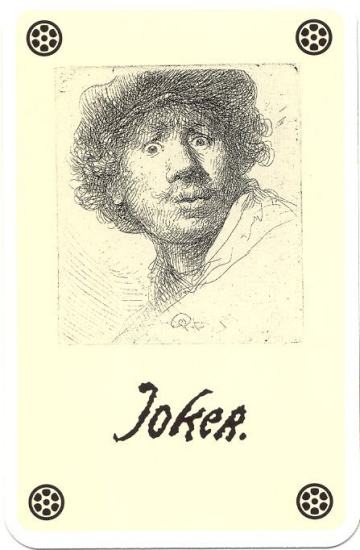 |
|
|
|
The deck was printed by Carta Mundi from Turnhout,
Belgium, and published by the Rembrandthuis in Amsterdam, Netherlands.
The deck also comes with the same backdesign in red.
-1- -2-